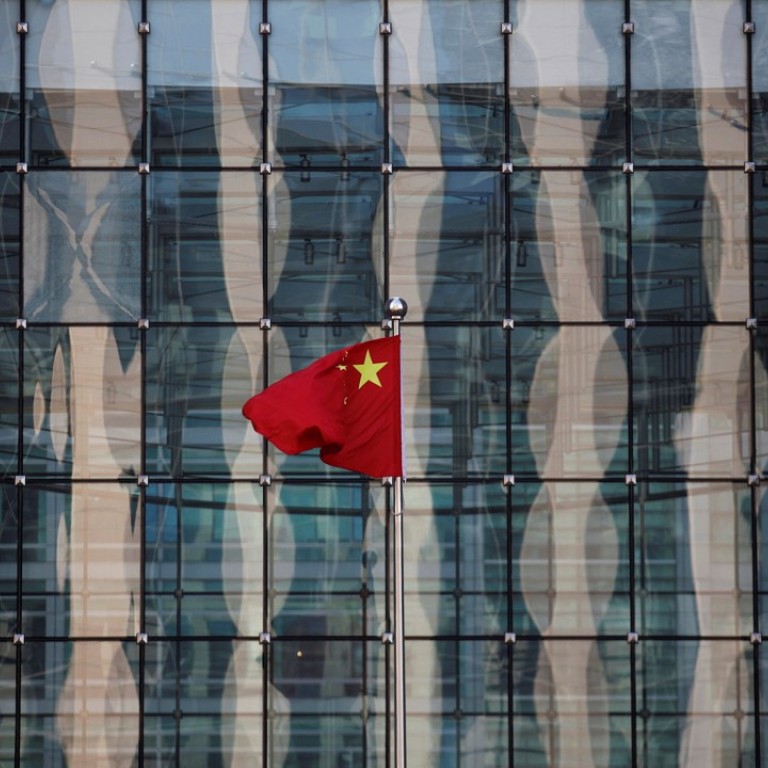
China’s new loans halved in December after record year
Lenders doled out US$90 billion last month as authorities try to contain riskier financing and slow debt build-up without hurting economic growth
China’s bank lending halved in December as the government kept up its campaign to curb financial system risks, but banks still managed to dole out a record amount for the year amid the tighter scrutiny.
Chinese banks extended 584.4 billion yuan (US$90 billion) in December, data from the People’s Bank of China (PBOC) showed on Friday, well below analysts’ expectations of 1 trillion yuan and sharply down from November’s 1.12 trillion yuan. But they lent a record 13.53 trillion yuan of new loans in 2017.
Chinese authorities are trying to walk a fine line by containing riskier types of financing and slowing an explosive build-up in debt without stunting economic growth.
New bank loans last year surpassed 2016’s record tally of 12.65 trillion yuan, as a crackdown on riskier shadow lending have forced banks to shift such loans back onto their books.
Since the start of this year, Chinese regulators have taken a slew of steps to force financial institutions to deleverage – targeting everything from bond trading, banks’ NCD debt issuance to entrusted loans.
Analysts have attributed the appetite for loans partly to the crackdown on off-balance sheet lending although there are signs tighter liquidity is starting to hit the economy.
“Our China Activity Proxy suggests that growth has started to suffer recently as a result of this slowdown in credit growth. We expect further weakness in the months ahead, which we think will eventually trigger monetary easing by the PBOC,” Capital Economics senior China economist Julian Evans-Pritchard said in a report.
Household loans, mostly mortgages, fell to 329.4 billion yuan in December from 620.5 billion yuan in November, according to Reuters calculations based on the central bank’s data.
Household loans accounted for 56 per cent of total new loans in December, versus 55 per cent in November.
Corporate loans fell to 243.2 billion yuan in December from 522.6 billion yuan a month earlier.
Broad M2 money supply in December grew 8.2 per cent from a year earlier, missing forecasts for an expansion of 9.1 per cent and hitting the slowest pace since records began in 1996.
China will keep its target for economic growth at “around 6.5 per cent” in 2018, unchanged from last year, policy sources told Reuters last week.
The central bank is likely to keep its grip on money supply this year in line with its “prudent and neutral” policy, but no increases in benchmark interest rates are expected soon after a recent rise in corporate funding costs, according to the sources.
Outstanding yuan loans at the end of December grew 12.7 per cent from a year earlier, slower than an expected 13.1 per cent rise.
China’s total social financing (TSF) – a broad measure of credit and liquidity in the economy – fell to 1.14 trillion yuan in December from 1.60 trillion yuan in November, data showed.
TSF includes off-balance sheet forms of financing that exist outside the conventional bank lending system, such as initial public offerings, loans from trust companies and bond sales.
That can provide hints of activity in China’s vast and unregulated shadow banking sector, which authorities have also been targeting in their campaign to reduce systemic risks.

